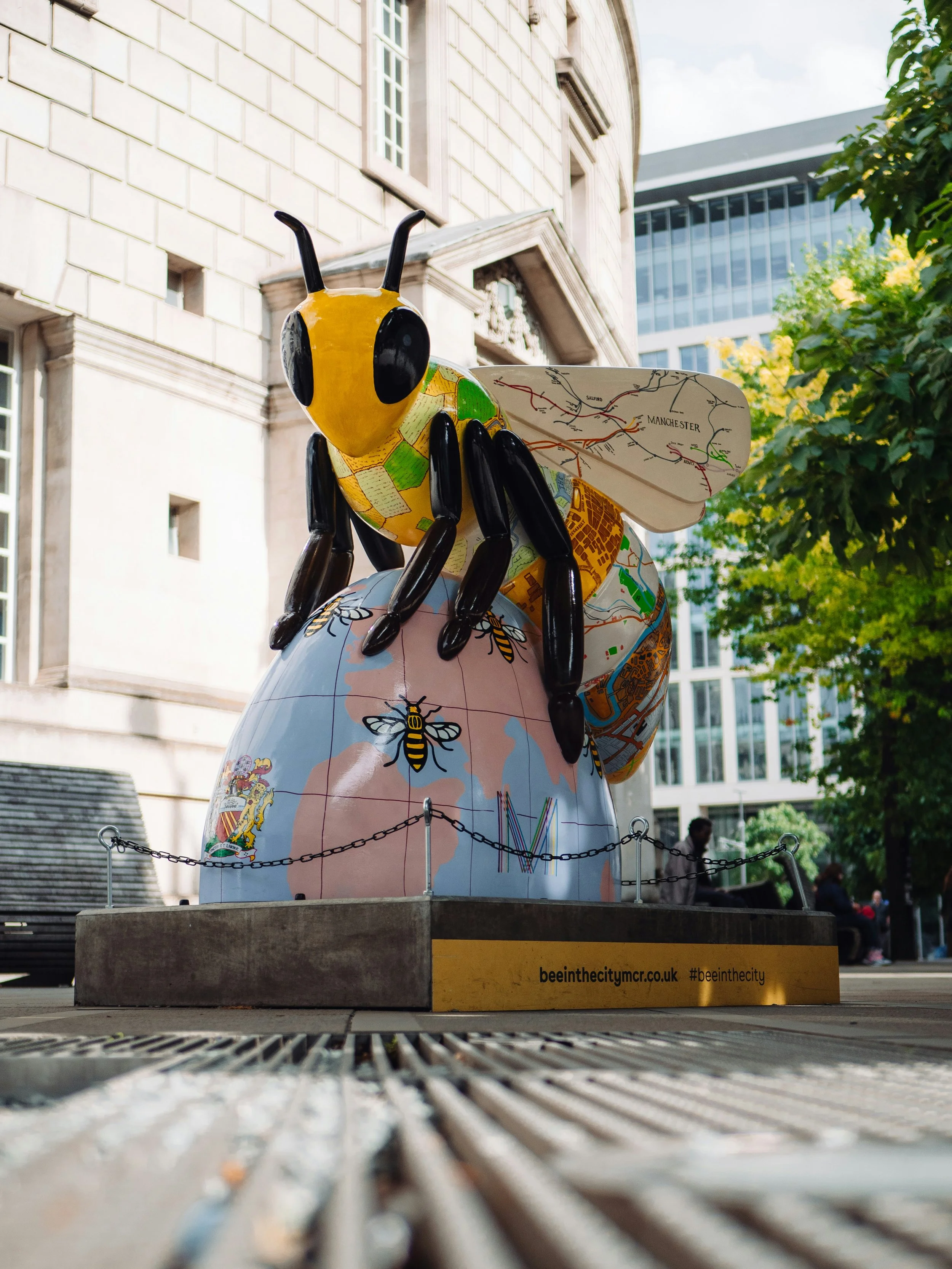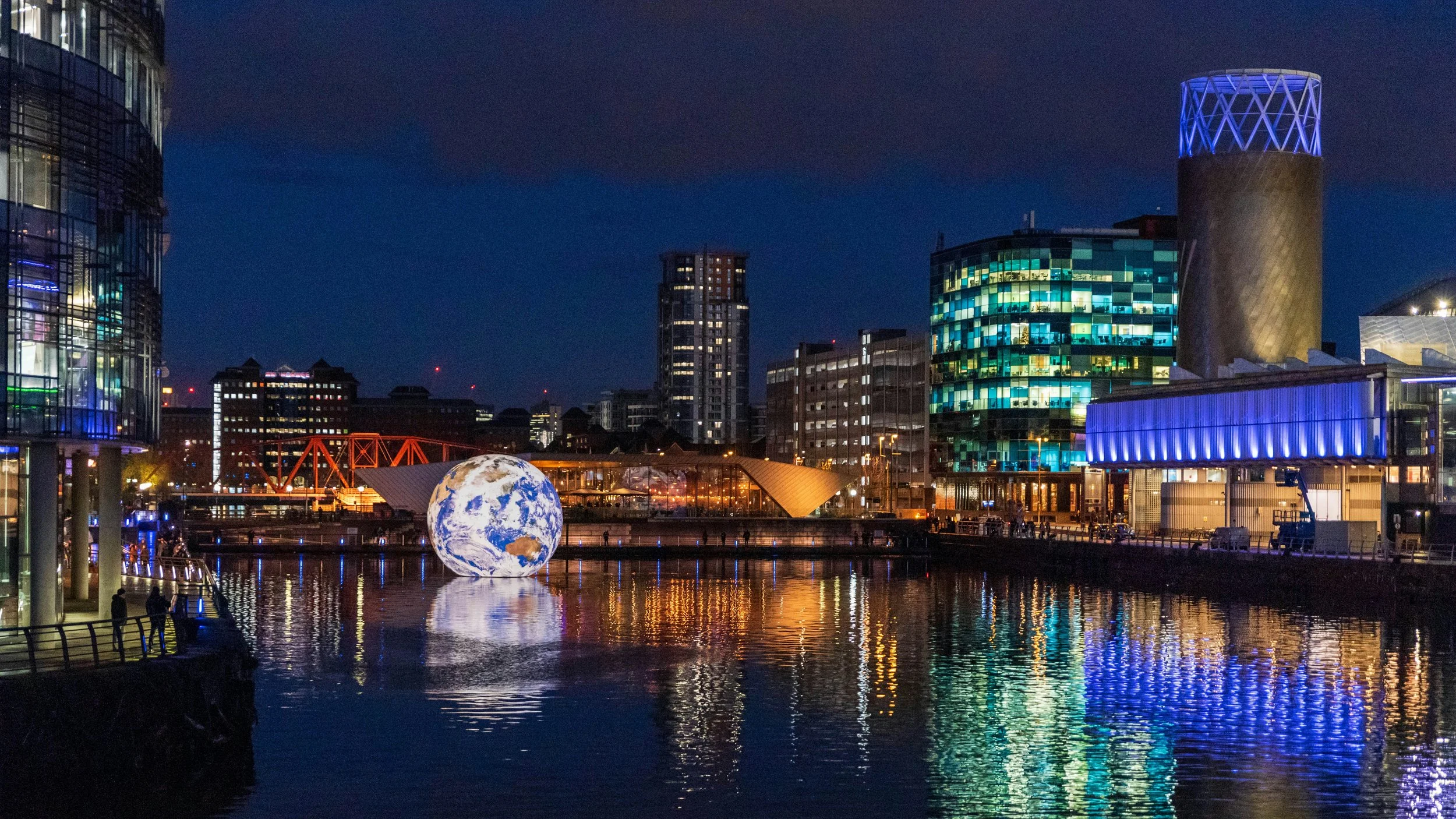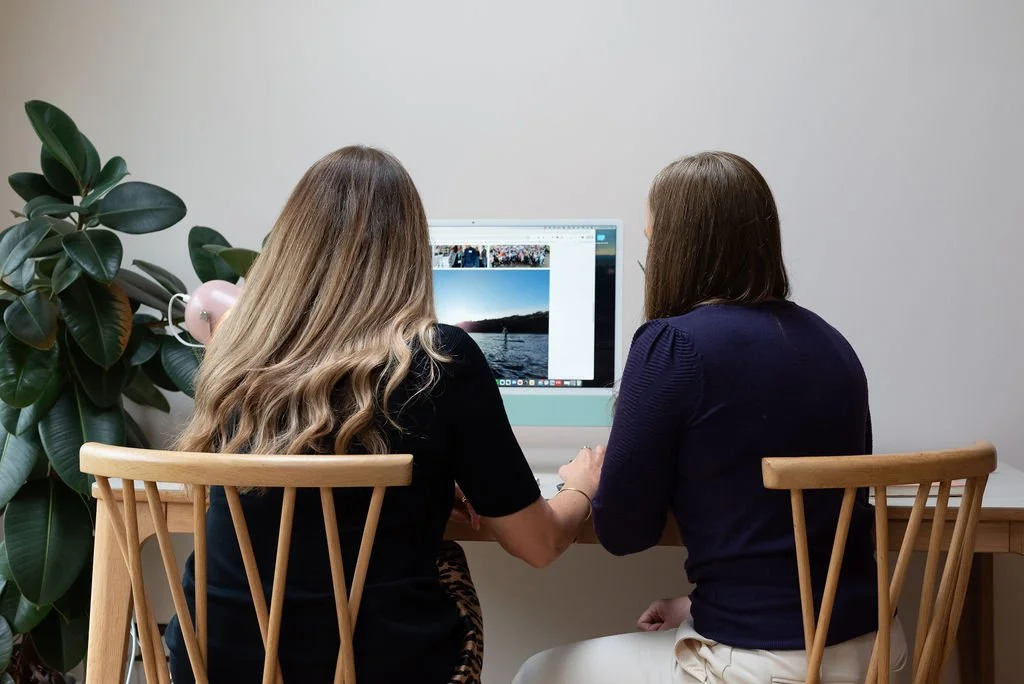Marketing place with purpose: Strategy, storytelling and the power of partnership
Marketing has always played a role in place and destination projects. But as the way we shape our built environment has evolved, so too has the role of marketing within it. It’s now a core part of placemaking. No longer just a finishing touch or a way to drive footfall, marketing plays a central role in shaping how places are imagined, delivered and experienced long after the ribbon’s been cut.
That shift reflects how we think about places today. They’re not just spaces to move through. They’re experiences to be part of. Places need to feel purposeful. They need to connect with people emotionally, not just practically. And they need to evolve over time as communities grow and change.
That’s where marketing comes in. Done well, it helps create places that people don’t just visit. They believe in them.
1. Start with the why
Every great placemaking strategy starts with clarity. What’s the purpose of the place? What’s the vision behind it? And why does it matter to the people you want to reach?
Some places are rooted in innovation or enterprise. Others in community, creativity or sustainability. Whatever the driving force, good marketing starts by understanding it and making sure it runs through every part of the communications strategy.
That purpose becomes the thread that ties everything together. Without it, you risk a disconnected mix of activity that doesn’t build towards anything meaningful. With it, you create a consistent, confident identity that gives people a reason to engage.
The Project for Public Spaces describes placemaking as “strengthening the connection between people and the places they share.” Purpose-led marketing has a vital role to play in building that connection.
Purpose gives you more than a message. It gives you meaning.
2. Know who you’re talking to
In place marketing, you’re rarely speaking to just one audience. You might be targeting residents, businesses, investors, local authorities, students or visitors. And each group brings its own needs, interests and expectations.
That’s why audience insight is so important. When you understand what people care about, how they behave and where they interact with the brand, you can shape messages and experiences that feel relevant, not generic.
This is where property marketing and place marketing often meet. You’re not just promoting a building or development. You’re promoting a lifestyle, an ecosystem and a future. The most effective campaigns speak to both the practical and emotional drivers that influence decisions, whether someone’s looking to move in, set up shop or invest.
3. Build a brand people can relate to
A brand isn’t just a visual identity. It’s how the place feels. What it stands for. How it communicates. And how people experience it day to day.
In placemaking, the most successful brands are built on real stories. Stories of the neighbourhood, its people, its history and its ambitions. They’re not over-polished or over-engineered. They’re honest, human and rooted in the character of the place.
That kind of storytelling helps people connect emotionally. It’s what turns a new development into part of a city’s fabric. It’s what helps a regeneration scheme feel like progress, not disruption.
It’s also what lifts property marketing above just specs and stats. Yes, floorplans and features matter. But people also want to understand the spirit of a place. What it’s like to live, work or visit there. Who else is part of it. What it stands for.
And it needs to come through in everything. From the visuals and tone of voice to events, digital campaigns and the way people talk about the place.
The Local Government Association highlights how strong place brands help create a compelling narrative and competitive positioning. Both are critical for regeneration and long-term success.
4. Work in partnership
One of the defining features of placemaking is the need for collaboration. No one builds a place alone, and no one should market it in isolation either.
From councils and housing associations to architects, tenants, universities, cultural organisations and community groups, the most successful projects are those where partners shape the message together.
That doesn’t mean every voice needs to sound the same. But it does mean having a shared understanding of the vision, values and audience. That way, each partner can contribute in a way that aligns with the brand.
Partnership-led marketing also opens up more creative opportunities. It gives you access to new audiences, channels and ideas. And it shows that the place is being built together, which helps build trust and buy-in from the start.
5. Turn strategy into action
Strategy only matters if it turns into something practical. That means clear messaging, strong visuals and a plan for what happens when — across all channels and touchpoints.
The right mix of tactics depends on your audience, budget and where the project is in its lifecycle.
Some of the most effective tactics include:
Events and activations that bring people into the space
Social campaigns that build a story over time
Digital tools like maps, newsletters and walkthroughs
On-site branding that helps people find their way and feel welcome
Stakeholder comms that reflect the priorities of funders, planners or partners
Whether you’re launching a single building or a whole neighbourhood, the goal is the same. Create a joined-up experience that reflects the place and speaks to your audience.
6. Know what success looks like
Yes, we can track engagement, footfall and impressions. That’s all important.
But in placemaking, success also shows up in softer ways. Are people proud of it? Are businesses staying longer? Are perceptions shifting?
Good evaluation combines data with insight. It listens to what residents, partners and visitors are saying. It looks beyond dashboards and into real-life impact.
And it uses what it learns to shape what happens next. Because no place is ever really finished.
7. Places people belong to
At its best, place marketing helps create somewhere people feel part of — not just somewhere they pass through.
That doesn’t mean flashy campaigns or bold claims. It means building trust, understanding what matters to people and reflecting that in how a place looks, feels and communicates.
When the strategy, storytelling and partnerships are aligned, marketing becomes more than promotion. It supports the long-term success of a place by helping it feel consistent, considered and connected to the people it’s there to serve.







